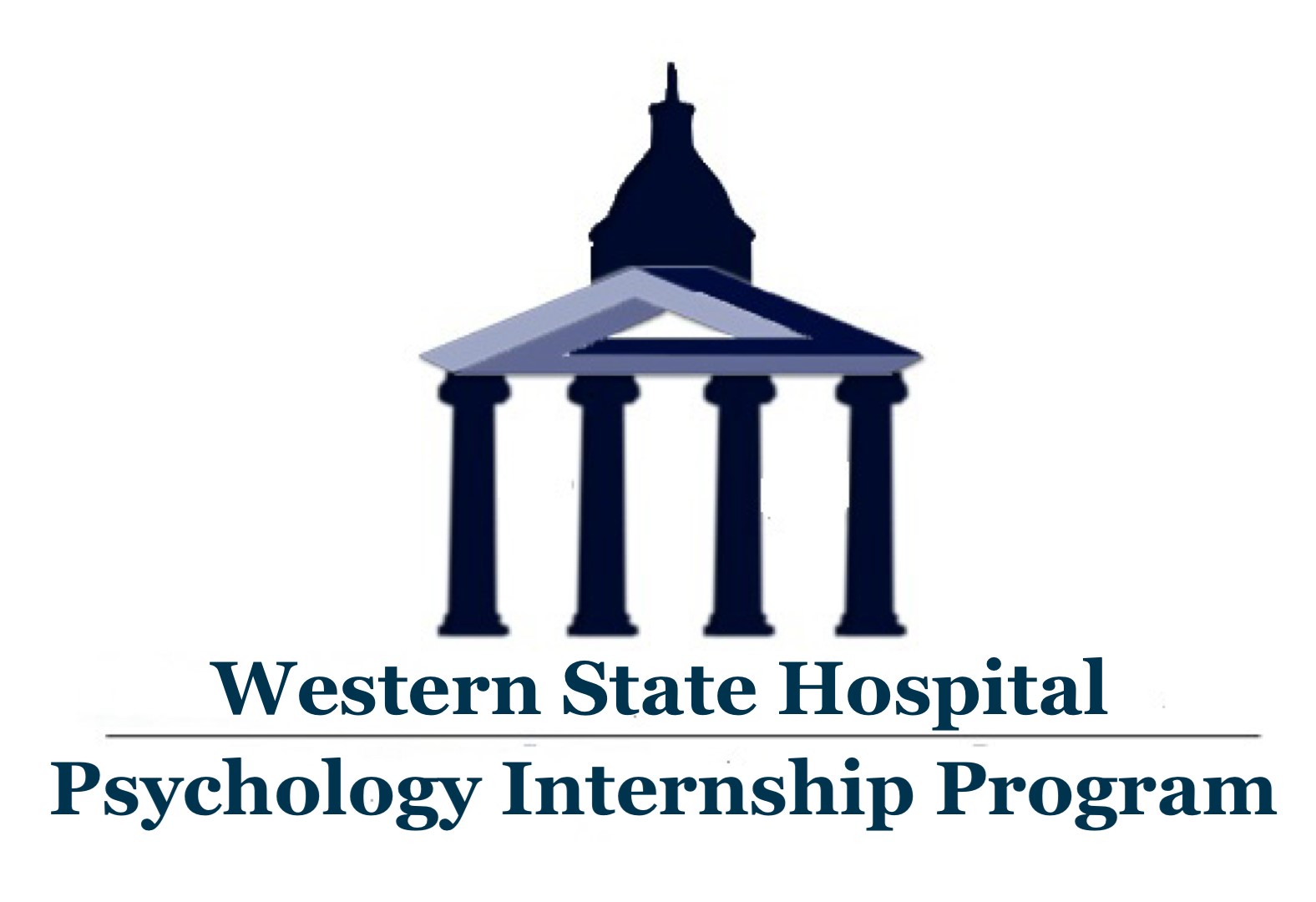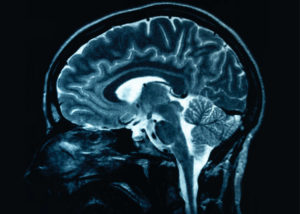I recently traveled back to California in order to complete my final dissertation defense. I decided that I would fly to California a day early so that I did not have to feel rushed. I was already nervous enough without having to worry about more travel logistics. I boarded my flight in Nashville on schedule and was on my way, or so I thought. One passenger started getting up and down using the bathroom. This isn’t necessarily unique, but after the fourth time myself and the passenger sitting next to me were curious. The flight attendants were opening and closing the lavatory door checking on the ill passenger. The Captain then announces that we will be making an emergency landing. The ill passenger apparently had some form of gastrointestinal illness and Norovirus was suspected. We landed in Kansas City to switch planes. I have never been in the Kansas City airport before but I can only describe it as a bunker. If there were a nuclear event while I was in Kansas City I knew I would survive.
Our new plane arrived, there were no nuclear events and we were underway again. As we were taking off another passenger started grabbing her chest and left arm. She was yelling at the flight attendant that she was “dying.” As a soon to be psychologist, I am usually very sympathetic to a person who is panicking but NOT today. Over the years in my previous work as a respiratory therapist I have seen many people actively having heart attacks. While you cannot necessarily tell if someone is actively having a heart attack without a proper evaluation, I was pretty convinced this lady was having a panic attack. The flight attendants were able to calm her for a bit and her distress decreased. As the flight proceeded she again started complaining of chest pain so we made emergency landing number two. Thankfully an ambulance was waiting on the runway and we were quickly up in the air again.
Several hours delayed, I arrived in Los Angeles at around 1 am and boarded my shuttle to the rental cars. Apparently circadian rhythm disorders are frequent in Los Angeles because the airport traffic was gridlocked. I doubled checked the time and wondered where all these people were going. A part of why I left Southern California was already quite evident. I did eventually make it to the rental car counter where I met the most dedicated rental car employee. Ever. She raised her voice when I declined the extra insurance, she told me (of course) about the “special” that would allow me to upgrade the car I was renting. I am normally quite patient but I stopped her and said, “I just want the car, nothing else.” She then proceeded to give me a lecture about how I had an out of state driver’s licence and needed the extra insurance and some other plan in case I got a flat tire. My response, “The car please.”
I traveled from Los Angeles to my room in Orange County near Disneyland. I was relieved to finally be at my destination and sorely in need of sleep. I checked in and the key to my room didn’t work. I returned to the desk, and the desk person tried to open the door and no luck. At this point I really would have slept in my hard won rental car. The front desk person informed me that there was only one room left, on the third floor, no elevator. I shrugged because after coming across the county three flights of stairs seemed a small obstacle. I quickly found out that there was a very good reason my first room was booked on the first floor. I managed to drag my suitcase up one flight of stairs and then proceeded to ask the front desk person to help me. I have some physical issues that limit my ability to gracefully carry a suitcase full of books up three flights of stairs. Finally, I was able to enter this room and collapse on the bed. It was around 4:30 am.
I spent the next day mostly sleeping. I was able to prepare a bit more that evening and I felt ready to make my final defense in the morning. I slept well and was going to leave an hour and a half early, again so that I didn’t have to feel pressured. I came out to the parking lot and did not see my rental car in the spot I was quite sure I parked it. I knew I had gotten in late and was generally disoriented after my flight so I proceeded to check the whole parking lot and no car. I started laughing like this situation was the most hilarious thing to ever happen. I’m not all together sure that it was a “good” laugh. One could argue that I had become out of touch with reality. I go into the hotel lobby and explain to the desk staff what is going on. I hear “Oh that was your car? The towing company accidentally towed it.” I took a deep breath in because we all need to breathe and count to ten sometimes. I explained that I was going to defend my dissertation and I needed to go now. The desk staff seemed to be able to read the angry, nervous state I was in. They called a cab for me and even had him wait for me. Good thing I started out early.
I made it to the classroom I was assigned to and began to attempt to set up my PowerPoint presentation. I had expected technical difficulties and that was why I allowed myself extra time but that time was cut in half by my missing car. I.T. was called because apparently I am putting off some form of energy into the universe that is not compatible with planes, cars, or computers. It is never good when I.T. says “wow, I’ve never seen this before,” when you are attempting to load your defense presentation. Thankfully my chair came into the room and was able to fix what was going wrong with the technology. I then successfully defended my dissertation. Now nothing else mattered, and my attitude about the travel glitches was cured by the statement: “My dissertation is defended.”
Little did I know that in my absence there was a plumbing problem that basically destroyed the kitchen and downstairs area of my house. My husband had wisely waited until after my dissertation was defended to tell me that we had no kitchen, laundry, downstairs bathroom. Nothing. He sent pictures and all I could say was, “My dissertation is defended.” I almost didn’t care that my house was in a state of demolition. I felt great! My car was returned and I was ready to go home (or whatever was left of home) victorious. I boarded my flight and we had a scheduled lay over in Kansas City, a.k.a the bunker port. All seemed to be going well, which at this point in the trip was a bit strange. It very well could have been that pandemonium was breaking out and I was just repeating, “My dissertation is done.”
I arrived at Nashville airport to be greeted by my family with flowers and balloons. I went to get my luggage while struggling to keep my very active 10 year old son from creating a public disturbance by riding on the luggage carousel. I was informed that the suitcases are “just like a horse,” meaning there is no good reason why one cannot ride on a suitcase spinning on the baggage carousel. I almost joined in until a security officer walked our way. I didn’t think he would buy my answer of “my dissertations done” as explanation for riding the baggage carousel. Well, as fun as the baggage claims area of the airport had become there was something crucial missing: my suitcases. Yep. Nothing like ending a trip with lost baggage, but you guessed it, I answered with, “My dissertation’s done!”
I was receiving supportive texts from my colleagues at WKPIC. Many times supporting one another involves continuing to point out the humor in almost any situation. I am now infamous among my colleagues for plane crashes (yep- see my interview story), emergency landings and other travel mishaps.
Rain Smith, MS
WKPIC Doctoral Intern
(Director’s Note: We offer these stories so interns will know they are not alone. Cursed times appear to include internship interviews, Match Day, Dissertation Defense, and Licensing Exams/Orals. YOU ARE NOT ALONE.)

